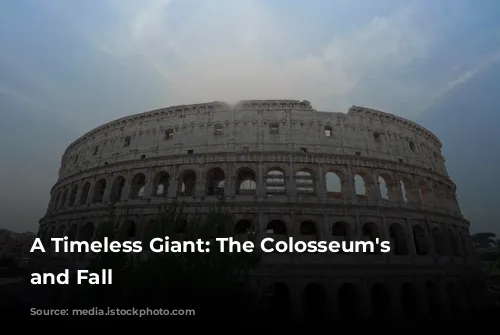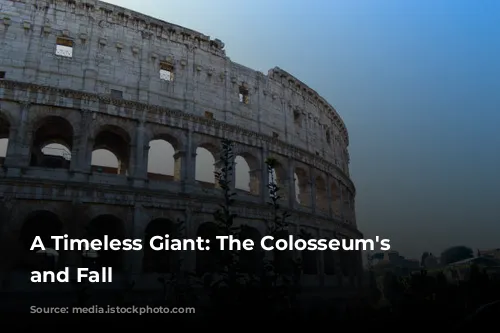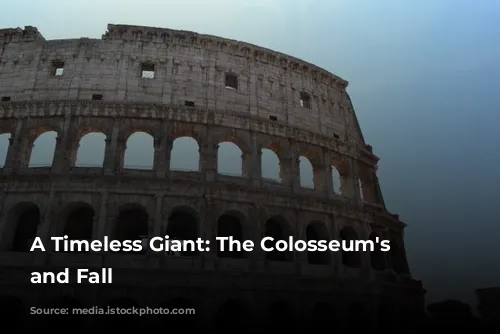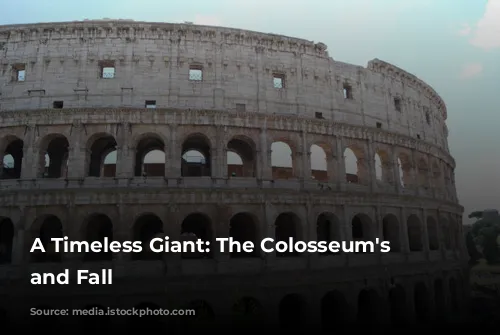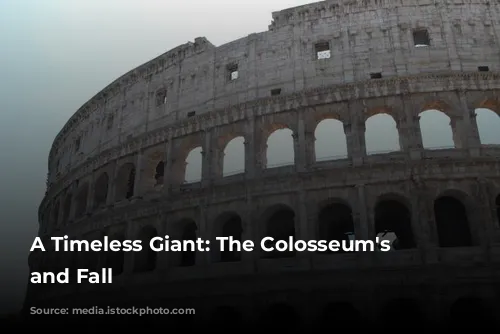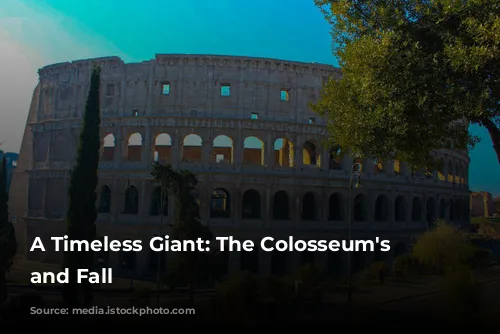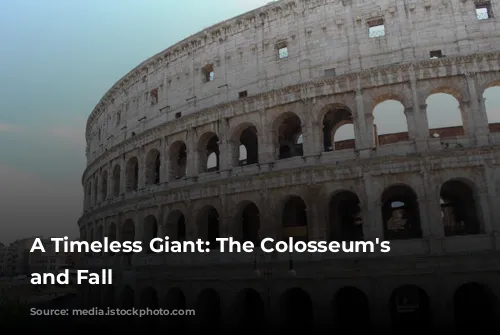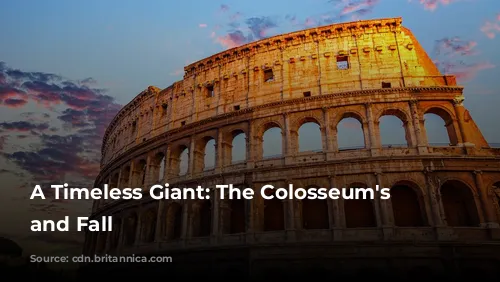The Colosseum, a majestic relic of the Roman Empire, stands tall as a testament to ancient Rome’s architectural genius and engineering prowess. Today, it is not only a symbol of a bygone era but also a vital source of income for Italy, attracting millions of visitors every year.
The Colosseum, Roman Forum, and Palatine Hill together generated over $63.3 million (€53.8 million) in 2018, making it the most popular tourist destination in Italy. It is a powerful reminder of the grandeur and might of the Roman Empire, drawing visitors from all corners of the globe.
A Fortress, a Quarry, and a Symbol of Resilience
The Colosseum’s history is a journey through time, marked by both periods of glory and neglect. After the fall of the Western Roman Empire, the once-grand arena fell into disrepair. The Frangipane and Annibaldi families, vying for power in 12th-century Rome, saw it as a strategic stronghold, transforming it into their fortress.
In the late 15th century, Pope Alexander VI permitted the use of the Colosseum as a quarry, its majestic stones plundered to build other structures. This period of neglect lasted for over a thousand years, leaving the Colosseum in a state of disrepair.
Thankfully, the 1990s saw the beginning of state-funded restoration efforts, breathing new life into this iconic landmark. The Colosseum, like the Roman Empire itself, has endured the passage of time, emerging from its darkest moments to reclaim its place as a symbol of resilience and enduring legacy.
A Monument to Entertainment and Imperial Power
The Colosseum’s construction was driven by the ambitious desire to revitalize Rome after the turbulent year of the four emperors in 69 CE. Emperor Vespasian, known for his practicality and desire to connect with the people, envisioned the Colosseum as a grand entertainment venue.
This colossal amphitheater, built to host gladiatorial contests, animal hunts, and even mock naval battles, was intended to distract the populace and solidify Vespasian’s hold on power. The Colosseum served as a stage for spectacles that captivated the Roman populace, offering a glimpse into the rich cultural tapestry of the ancient world.
From Humble Beginnings to an Architectural Masterpiece
The Colosseum’s construction began in 70 CE under Vespasian, with its grand opening in 80 CE under his son and successor, Titus. The Colosseum was a symbol of the Flavian dynasty’s ambition and extravagance, funded by the spoils of war from Titus’s sack of Jerusalem.
The Colosseum’s fourth story was added by Domitian in 82 CE, solidifying its place as an architectural marvel of the Roman Empire. Built by enslaved Jews from Judaea, the Colosseum served as a powerful reminder of the Roman Empire’s vast reach and its reliance on forced labor.
A Colossal Amphitheater: A Testament to Roman Engineering
The Colosseum, also known as the Flavian Amphitheatre, is an elliptical structure constructed with stone, concrete, and tuff, standing four stories tall. This colossal structure, measuring 620 by 513 feet (189 by 156 meters), had a capacity of 50,000 spectators, making it one of the largest amphitheaters ever built.
The Colosseum was renowned for its use in gladiatorial combat, a popular form of entertainment in the Roman world. The Colosseum’s design, featuring three levels of arcades adorned with Doric, Ionic, and Corinthian columns, became a cornerstone of Renaissance architecture, influencing generations of builders.
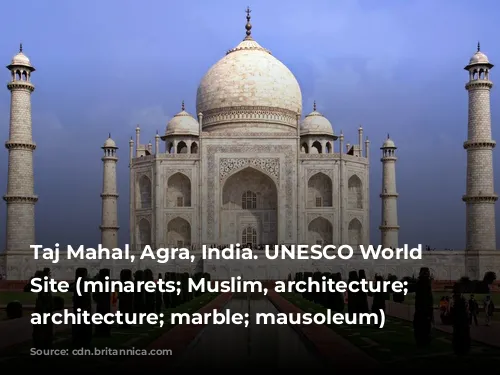
A Spectacle for the Ages: Gladiators, Games, and a Retractable Awning
The Colosseum provided a stunning backdrop for a wide range of spectacles, from gladiatorial combat to animal hunts and mock naval battles. To shield spectators from the sun, the Colosseum featured a massive retractable awning known as a velarium.
This intricate system, requiring the efforts of hundreds of Roman sailors, involved a complex network of ropes and pulleys, highlighting the ingenuity of Roman engineering. The Colosseum, a marvel of its time, continues to captivate audiences today, offering a glimpse into the grandeur and entertainment of the Roman Empire.
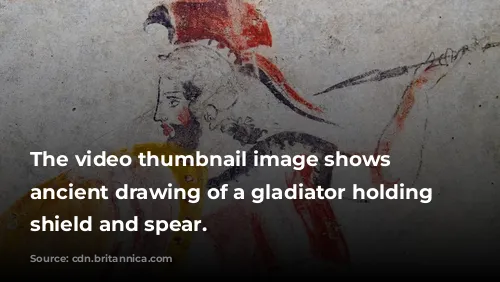
From a Church to a Quarry: The Colosseum’s Enduring Legacy
Over the centuries, the Colosseum served as a church, a fortress, and, sadly, a quarry, its stones plundered to build other structures. The Colosseum, a testament to the cyclical nature of history, endured earthquakes, lightning strikes, and vandalism, its grandeur gradually diminishing.
Preservation efforts began in earnest in the 19th century, with notable contributions from Pius VIII. The 1990s saw a major restoration project, breathing new life into this iconic monument. Today, the Colosseum stands as a symbol of resilience and enduring legacy, attracting millions of visitors from around the world.
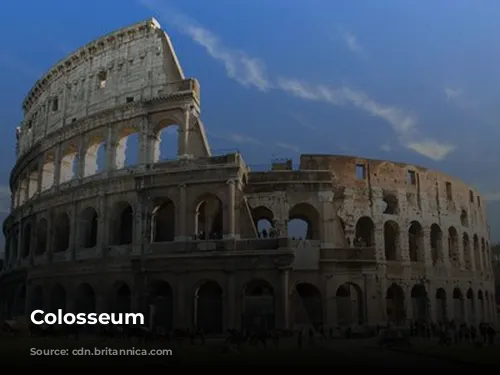
A Timeless Symbol: The Colosseum’s Continued Relevance
The Colosseum, a timeless giant, continues to captivate the imagination, offering a window into the past and serving as a reminder of the enduring legacy of the Roman Empire. It is not just a tourist attraction; it is a living testament to human ingenuity and the enduring power of art and architecture.
The Colosseum, with its rich history and cultural significance, continues to hold a special place in the hearts of millions. It is a timeless symbol of a glorious past, reminding us of the enduring human capacity for both creation and destruction, and the constant struggle between progress and preservation.
